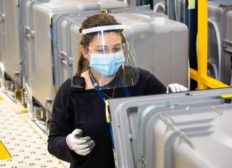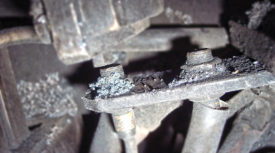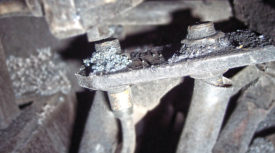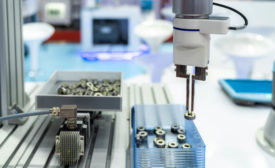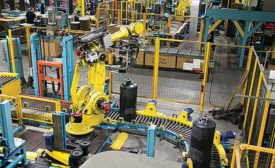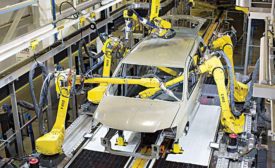Home » Keywords: » automated assembly
Items Tagged with 'automated assembly'
ARTICLES
sponsored content
Why Choose an IO-Link Ecosystem for Your Next Automation Project?
March 14, 2023
sponsored content
Sensor Selection Suitable for Automation Welding Environments
December 7, 2022
advertisement
Cobots and Lean Integrators: Bringing Automation to Small and Medium-Size Enterprises
Lean integrators are leveling the playing field for SMEs in highly innovative and cost-effective ways.
June 8, 2020
EVENTS
Webinar Universal Robots Webinar Universal Robots
11/15/23 to 11/15/24
Contact: Meg K.
Industrial vs. Collaborative Robots for Assembly Applications
Webinar Webinar
1/31/24 to 1/31/25
Contact: Meg K.
Manufacturing Investment 2023-2024: Looking Back, Looking Forward
Never miss the latest news and trends driving the manufacturing industry
Stay in the know on the latest assembly trends.
JOIN TODAY!Copyright ©2024. All Rights Reserved BNP Media.
Design, CMS, Hosting & Web Development :: ePublishing
